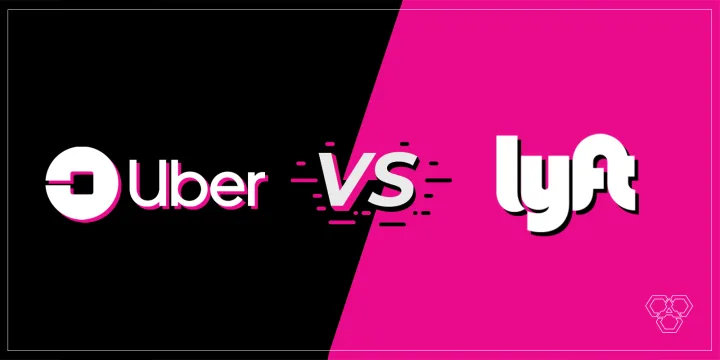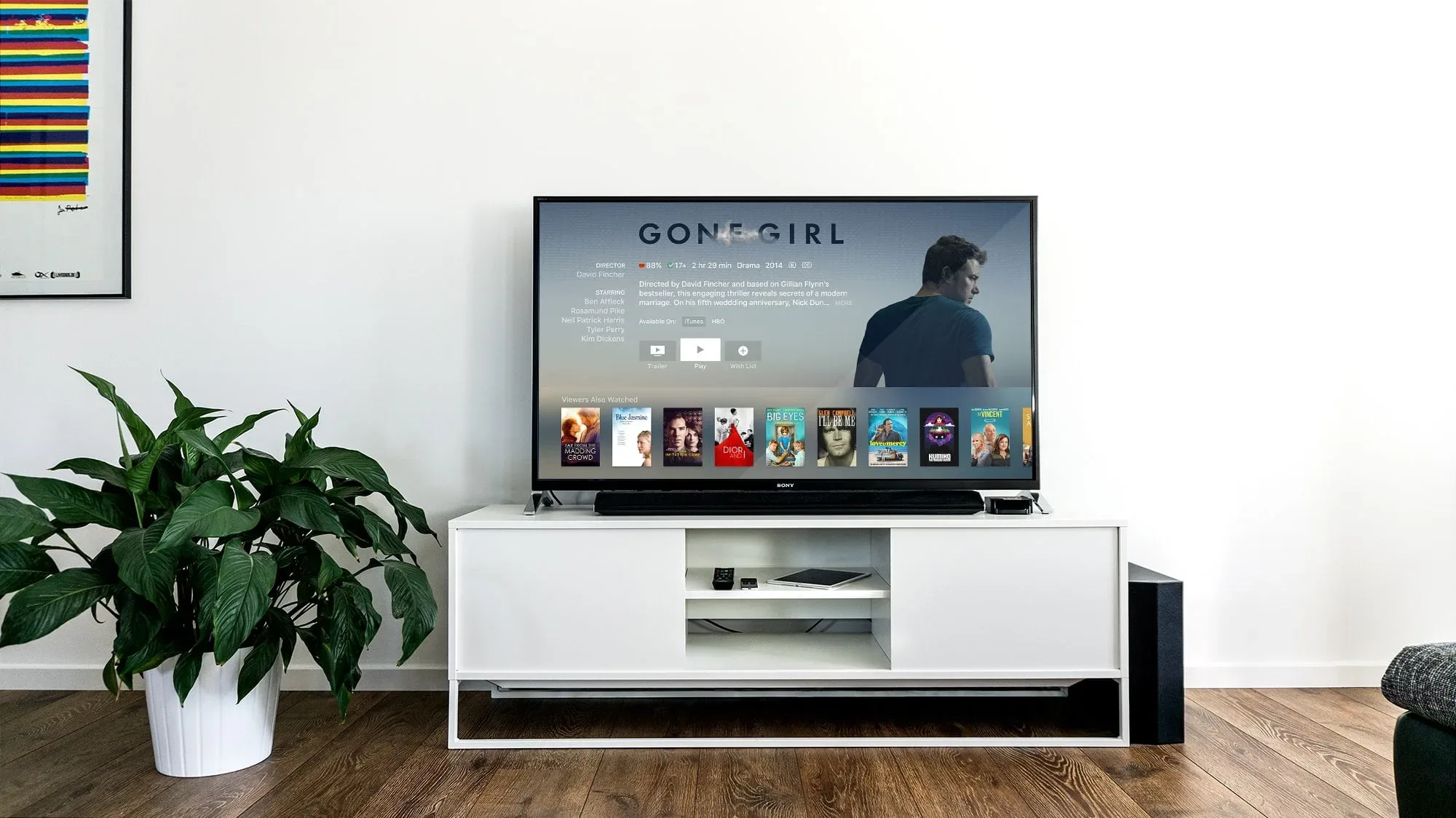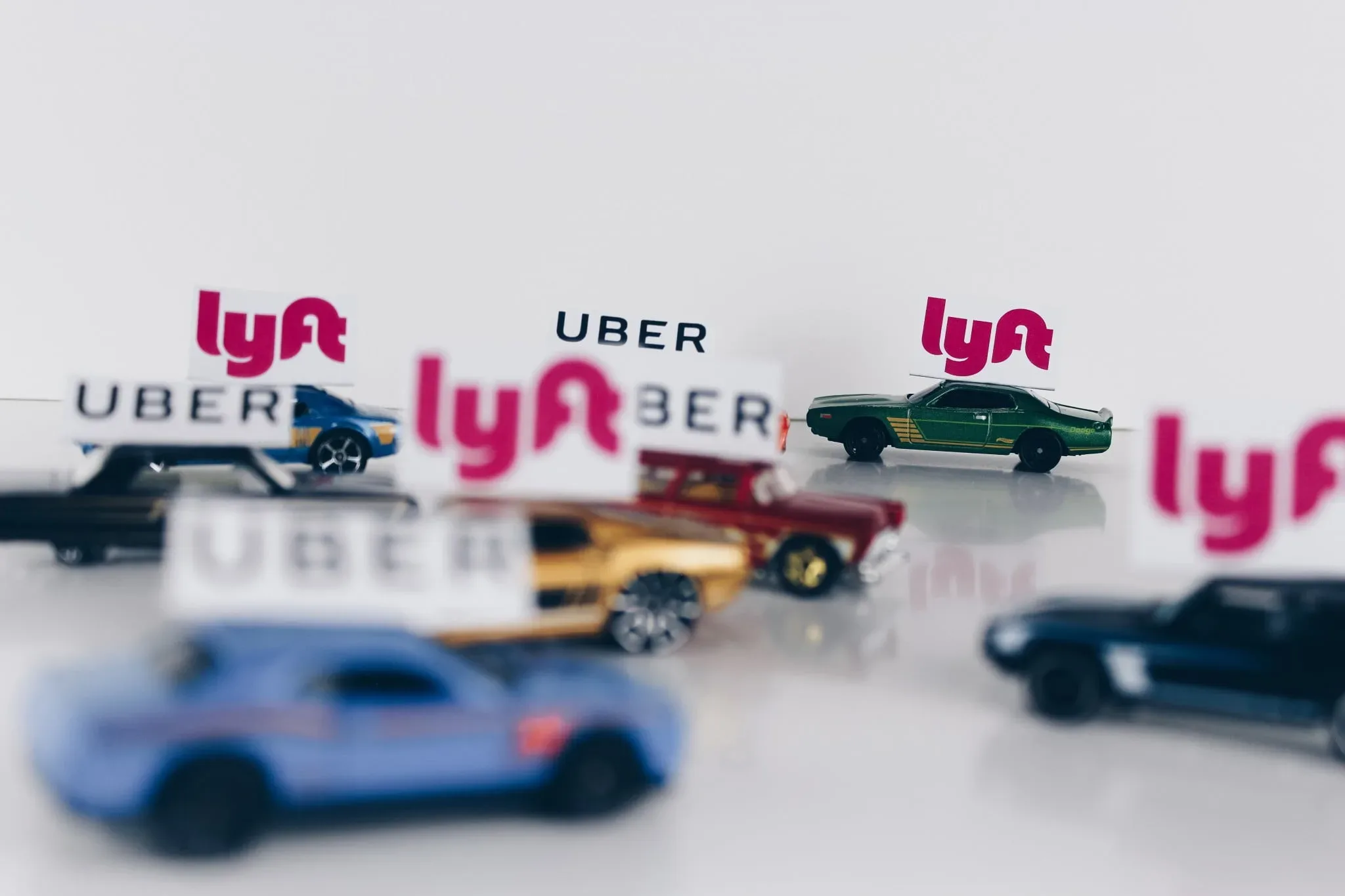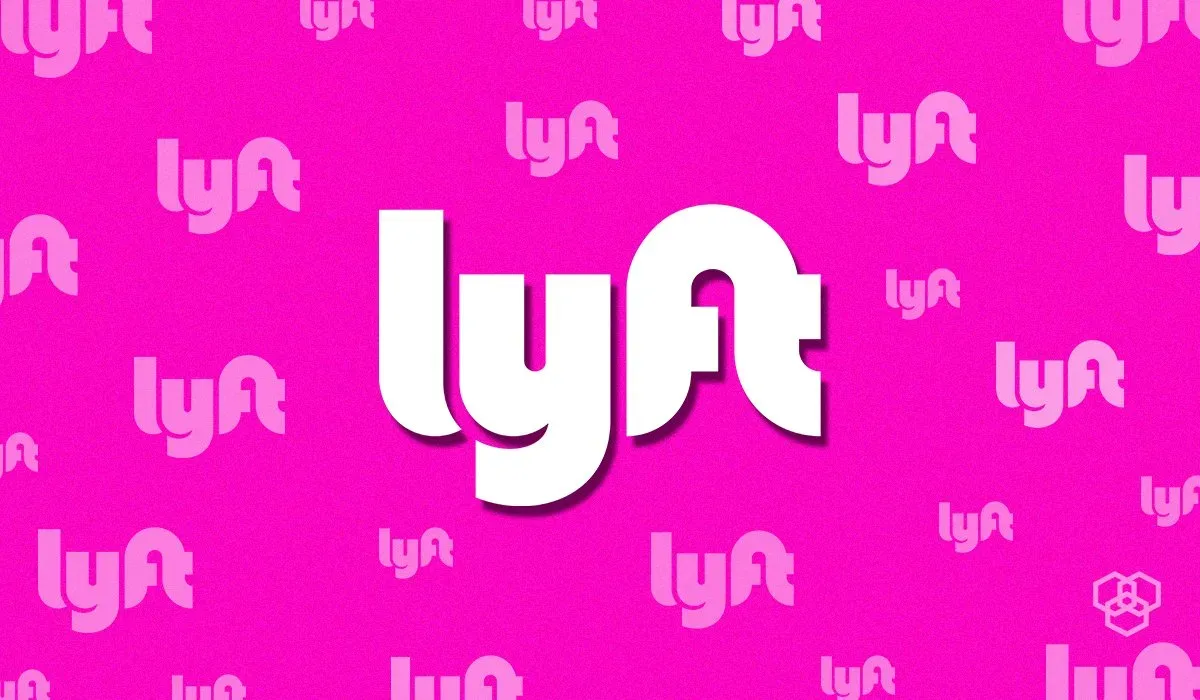Can you imagine your life without Uber or Lyft? It doesn’t matter whether you have a night out, you need to get to work, but your car’s broken, or you have a plane to catch; ridesharing services are here to help you. All you need to do is open an app, type in where you want to go, and voila! A driver is on the way to take you.
The question is not whether you should use their services; it’s which one you should choose. Both companies have their pros and cons, so if you’re still unsure which app to download to your phone, continue reading.
The article below will answer which company is cheaper, has a better app, is safer, and more consumer-friendly. Here’s the clash of the titans, the battle of the century; it’s time to settle who’s better, Uber or Lyft?
Pricing
When it comes to costs, both Uber and Lyft offer their customers similar fares that vary depending on the city. The main reason for the similarity is that both companies have to compete to provide drivers with the best rates.
But let’s talk about numbers. To start a ride with Uber and Lyft, you need to pay, more or less, 1 dollar. After that, they charge you 1,50 per mile (25 cents a minute). The only difference in price between these two companies is how they measure their fare when demand is higher than supply (rush hours, events, etc.).
Uber multiplies distance, time, and base fares, making your ride much more expensive than usual. Lyft, on the other hand, uses a percentage system that tends to charge the customer less money than Uber.
The App
Both companies have built their reputation thanks to efficient and user-friendly apps that connect users and drivers. But which one is easier to navigate, more intuitive, and allows you to book your rides faster?
Again, let’s start with Uber. The huge advantage of its app is that you get all the information, like cost, upfront. The app itself has a friendly interface and is known for being very intuitive. There is one con, though. Recently Uber has been packing the application with more content and services, making it a little less user-friendly.
Lyft, on the other hand, is still slightly behind Uber when it comes to app transparency. It’s still intuitive and user-friendly, but there’s room for improvement.
When it comes to ordering a ride, both apps allow you to do that easily and quickly. The most significant difference between them is that Uber shows you upfront when you’re going to arrive, whereas Lyft tells you that only when you book your ride.
Safety
Both Uber and Lyft had their fair share of controversies regarding safety, especially at the beginning. Fortunately, after a few lawsuits, both companies implemented several proactive measures to limit any incident risk.
Drivers who want to work for Uber or Lyft have to take several screenings, for example, criminal history background checks. Their vehicles also need to meet all the requirements.
Both apps also display a driver’s name, vehicle model, color, and license number that you can quickly check before getting in the car. There’s also location sharing, which makes sure that the company knows where you are in case anything happens.
These precautions show that both companies take their customers’ safety seriously. Unfortunately, there’s still a lot of work to do. Every year thousands of users report assaults, kidnappings, and other issues regarding their safety.
Customer Service
If you’d like to contact Uber or Lyft to report an issue, the whole process works practically the same in both companies. You can reach them easily via social media or email. There are also special hotlines for customers who want to complain about their rides.
There’s one difference, though. If you want to get in touch with Uber, you have to fill out a specific form. Lyft, on the other hand, allows you to contact them directly via email, which makes the whole process much easier and faster.
Which One Should You Choose?
Unfortunately, the question given in the title is almost impossible to answer. Both Lyft and Uber are very similar. They have the same rates, their apps are great, they continuously improve their safety and offer you a similar consumer experience.
The best idea is to try them both out and decide whether you prefer Uber or Lyft. Maybe you don’t like any of them. If that’s the case, you should look for other alternatives. Keep in mind that there’s a reason why they haven’t been as successful as Uber and Lyft.







Share Your Thoughts